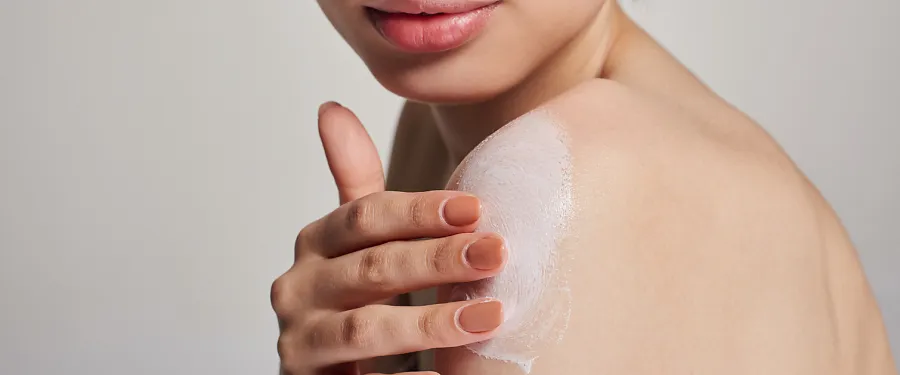Diabetes is one of the most common diseases in Chile, and its usual symptoms are both excessive thirst and an increase in appetite, however, and in the same way, skin problems could anticipate this condition.
For this reason, we leave you some of the most common ways in which diabetes can affect the skin, regardless of whether it is type 1 or 2:
dryness
One of the most recurring symptoms between diabetic patients is the tendency to have dry skin, since there are higher levels of blood sugar, the desire to go to the bathroom increase considerably, causing dehydration in the body and skin.
According to the American magazine Shape, "dryness is a sign of a compromised skin barrier and results in the thinning and weakening of the skin", so any type of wound could be considerably dangerous.
pilar keratosis
Some of those affected by this condition have a pillar -keratosis condition, which is caused by an accumulation of dead skin and keratin cells that blocks the hair follicles, Shape slogans.
Although this dermatological situation is common, a study published by Diabetes Care indicates that 12% of patients with type 1 diabetes have extreme dryness following the pilaris keratosis.
diabetic dermopathy
This condition occurs, exclusively, in patients with diabetes and is characterized by causing the tightening of the skin.Diabetic dermopathy can result from the damage to the common nerves and vessels in people with diabetes and, probably, is due to post -inflammatory hyperpigmentation, says Shape.
acanthosis nigricans
Possibly, this condition occurs due to an accumulation of insulin in the skin, which is characterized by causing darkening in certain areas of the body, as in the back of the neck, the armpits, groin, knees, elbows and elbows andThe hands, and has an almost velvety texture.
What to do in these cases?
The first step if this type of symptoms is to receive assistance from a specialist doctor in order to regulate blood sugar levels.In addition, it is suggested to use smooth skin cleaners, such as, the Escualano, the jojoba and cocoa butter.
This article is designed to inform and does not intend to give medical advice or solutions.
Always consult your doctor or specialist if you have doubts about your health or before starting a treatment.


